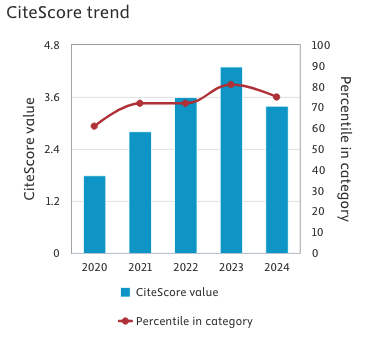The “wall-socket” technique. Proposal of a new surgical procedure forrevision acetabular arthroplasty
Keywords:
Hip, hip prosthesis revision, arthroplasty, socket, acetabulum, prosthetic cup, THR, prosthesis, revision, cementAbstract
Prosthetic socket revisions are always difficult and affected by problems such as possible bone-stock losses, leading to an increase in morbidity associated with surgery. These aspects are more important in elderly patients due to their frequently poor health. The bone deficit may be filled in different ways, with techniques that are nevertheless technically demanding and at risk of complications. In the opinion of the Author it is possible to leave a migrated but well-fixed cup/shell in place, simply by loading through the insertion of a second cemented cup alongside. We considered two cases of verticalized sockets: a cemented socket and a non-cemented one which, by demonstrating stability in removal attempts, forced the surgeon to leave them in place and to place a second cemented polyethylene cup alongside. This cheap surgical choice allows to shorten surgical times, to diminish blood losses and to achieve an immediate rigid fixation, aspect of utmost importance in elderly patients, allowing them to walk with a 100% load by the second post-operative day. The unremoved prosthetic cup, that is even better stabilized by the new cement, works as a “support wall” in DeLee and Charnley’s zone 3, an acetabular X-ray sector notoriously subordinated to damaging tensile forces which may cause loosening of the original prosthetic cup. Because of the positive clinical and radiographic results demonstrated over time by this “enforced” revision solution, the author proposes to name it as the “Wall-Socket” technique.Downloads
Published
Issue
Section
License
This is an Open Access article distributed under the terms of the Creative Commons Attribution License (https://creativecommons.org/licenses/by-nc/4.0) which permits unrestricted use, distribution, and reproduction in any medium, provided the original work is properly cited.
Transfer of Copyright and Permission to Reproduce Parts of Published Papers.
Authors retain the copyright for their published work. No formal permission will be required to reproduce parts (tables or illustrations) of published papers, provided the source is quoted appropriately and reproduction has no commercial intent. Reproductions with commercial intent will require written permission and payment of royalties.


